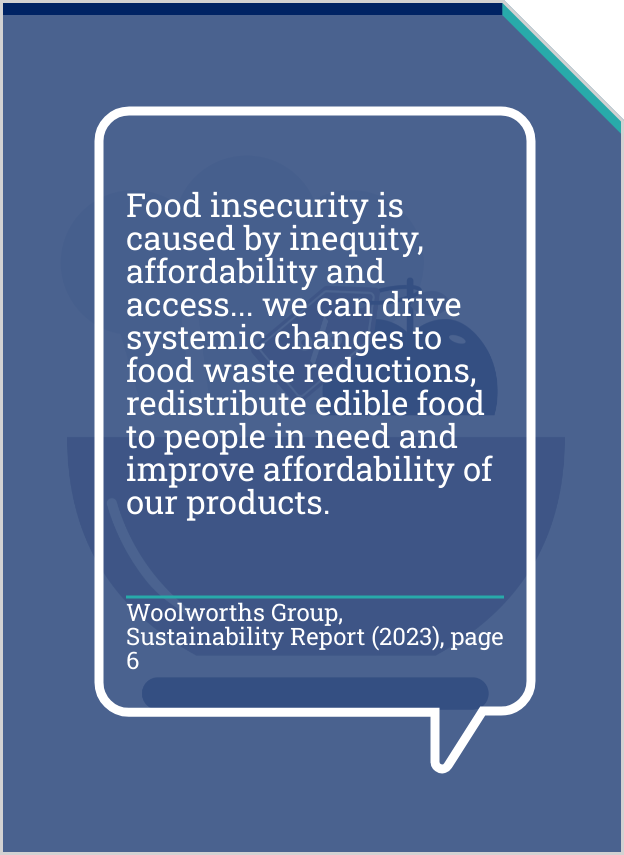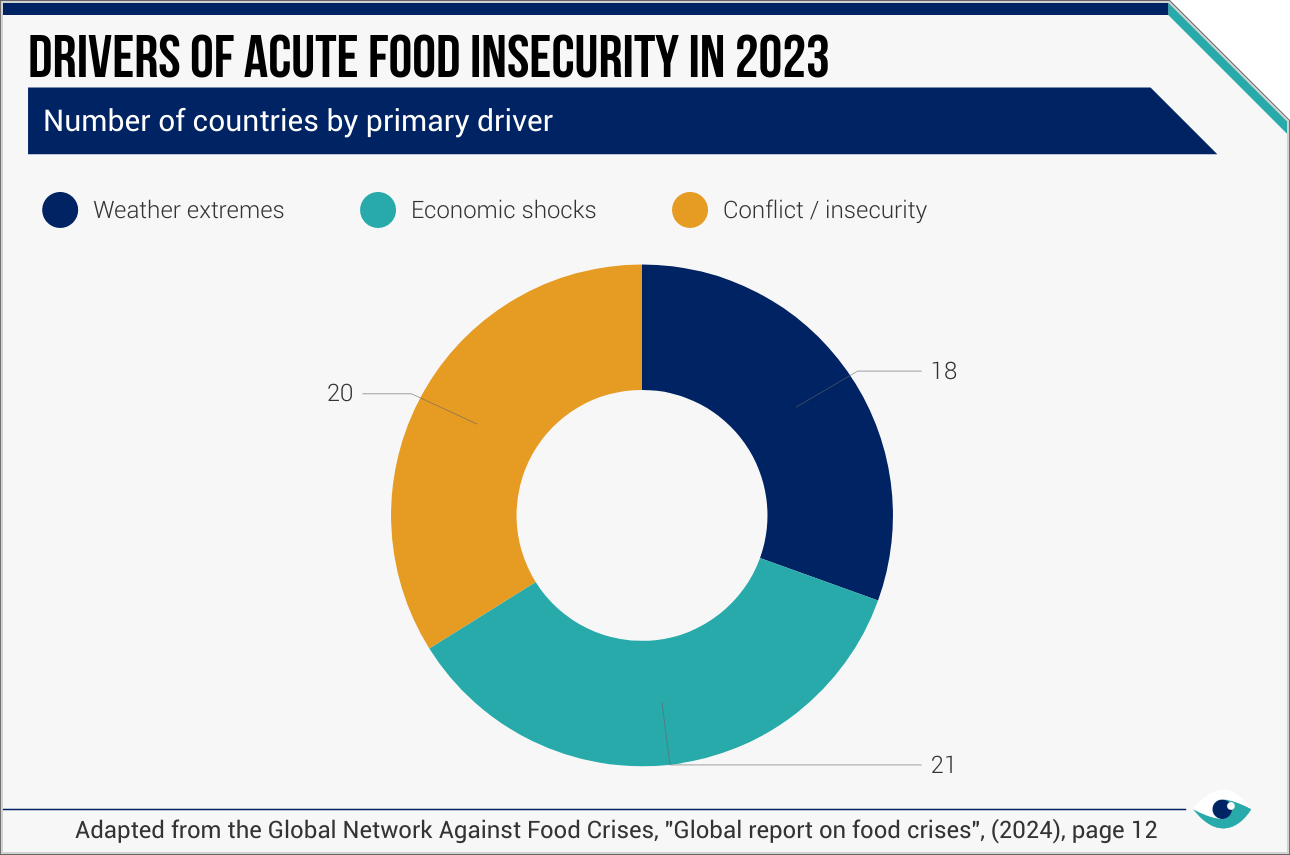A recent UK government survey reveals that 35% of respondents are concerned about food affordability, signalling a global trend where escalating food prices increasingly restrict access to nutritious and healthy food options. Despite diverse global income levels, affordability remains a significant barrier within the food and beverage retail industry. In response, retailers are focusing on developing affordable, nutritious products and reducing food waste — a crucial strategy to decrease costs.

Addressing food affordability in food and beverages retail
Assessing the relationship between food costs, nutritious offerings and food waste
Value chain: downstream
Food & beverage retail
AT A GLANCE
Rising number of consumers struggle to afford healthy foods, raising public health concerns.
Consumers often view retailers as price setters, though this is not the case, challenging their market image.
Retailers are adopting dynamic pricing and waste reduction strategies to make nutritious foods more affordable.

Retail pricing pressures
Consumers often attribute the cost of food directly to retailers, but pricing dynamics are more complex. Retailers face pressures as they absorb costs associated with rising demand for natural, organic, low-fat, low-sugar and non-GMO foods, which typically carry a price premium. Despite not being the sole determinants of food prices, retailers bear the brunt of consumer dissatisfaction during price hikes, pressuring them to balance cost management with customer expectations to maintain market competitiveness.
Cost control
Under the SASB standard for food retailers and distributors, firms must disclose the number and revenue of nutritious products offered, the total food waste generated, and percentage diverted from waste streams. This highlights the delicate balance between managing food waste and controlling costs. Adopting dynamic pricing models for perishable goods becomes a strategic solution that can help retailers reduce waste and cut costs, enhancing overall sustainability and cost-efficiency.

Enhancing food accessibility
The risk of not addressing affordability can lead to diminished customer loyalty and decreased sales, particularly among lower-income consumers. This could widen the gap in access to nutritious foods, heightening food insecurity, increasing dependence on less nutritious options, and elevating public health risks. In response, retailers introduce budget food lines, apply dynamic pricing on near-expiry products, and run promotional campaigns on affordability. These strategies manage food waste effectively and ensure broader access to healthier food choices.
Affordable food partnerships
The industry needs to strengthen partnerships with suppliers, as shown by Woolworths and Kroger, to enhance availability of affordable and nutritious products. Effectively redirecting surplus food to those in need addresses food waste and reduces hunger, aligning with SDG 2 (zero hunger) and SDG 12 (responsible consumption and production). Strategic collaborations and practices are a step towards a more equitable food system.
FURTHER READING
- Diet affordability (World Bank)
- Food prices for nutrition datahub (World Bank)
- Assessing food affordability (GAIN)
